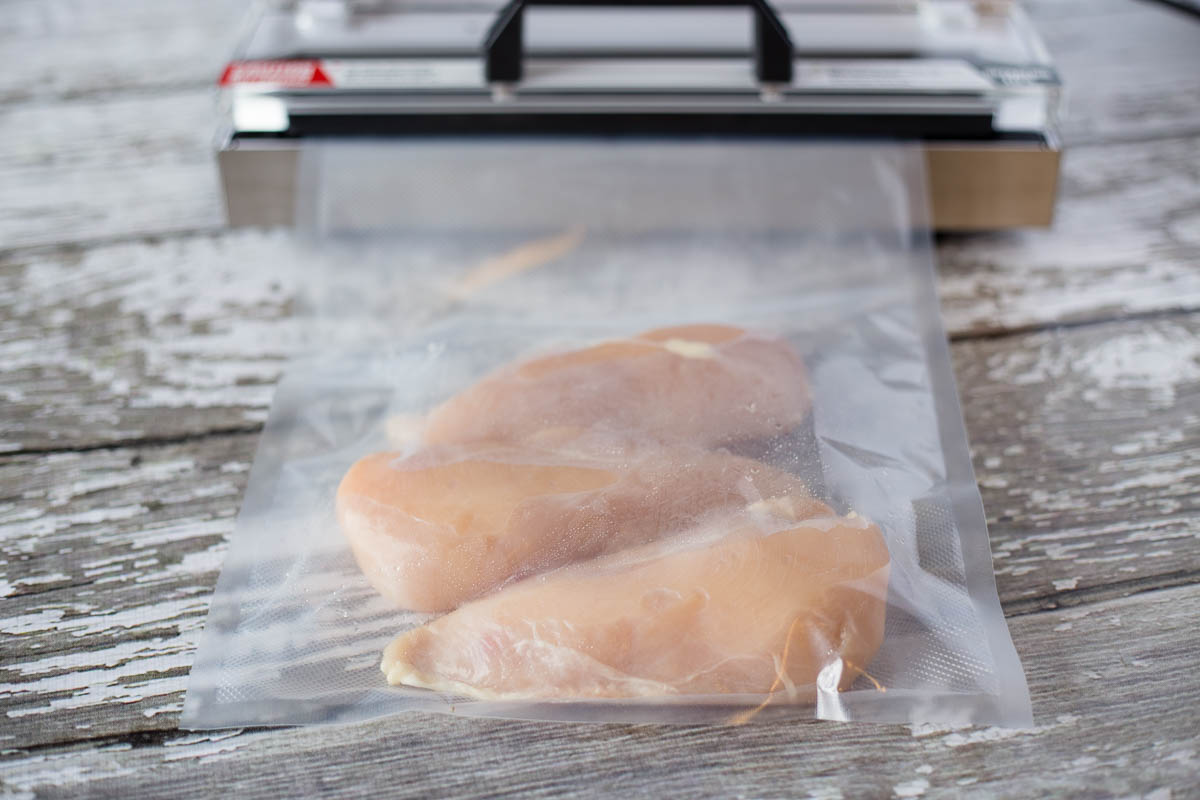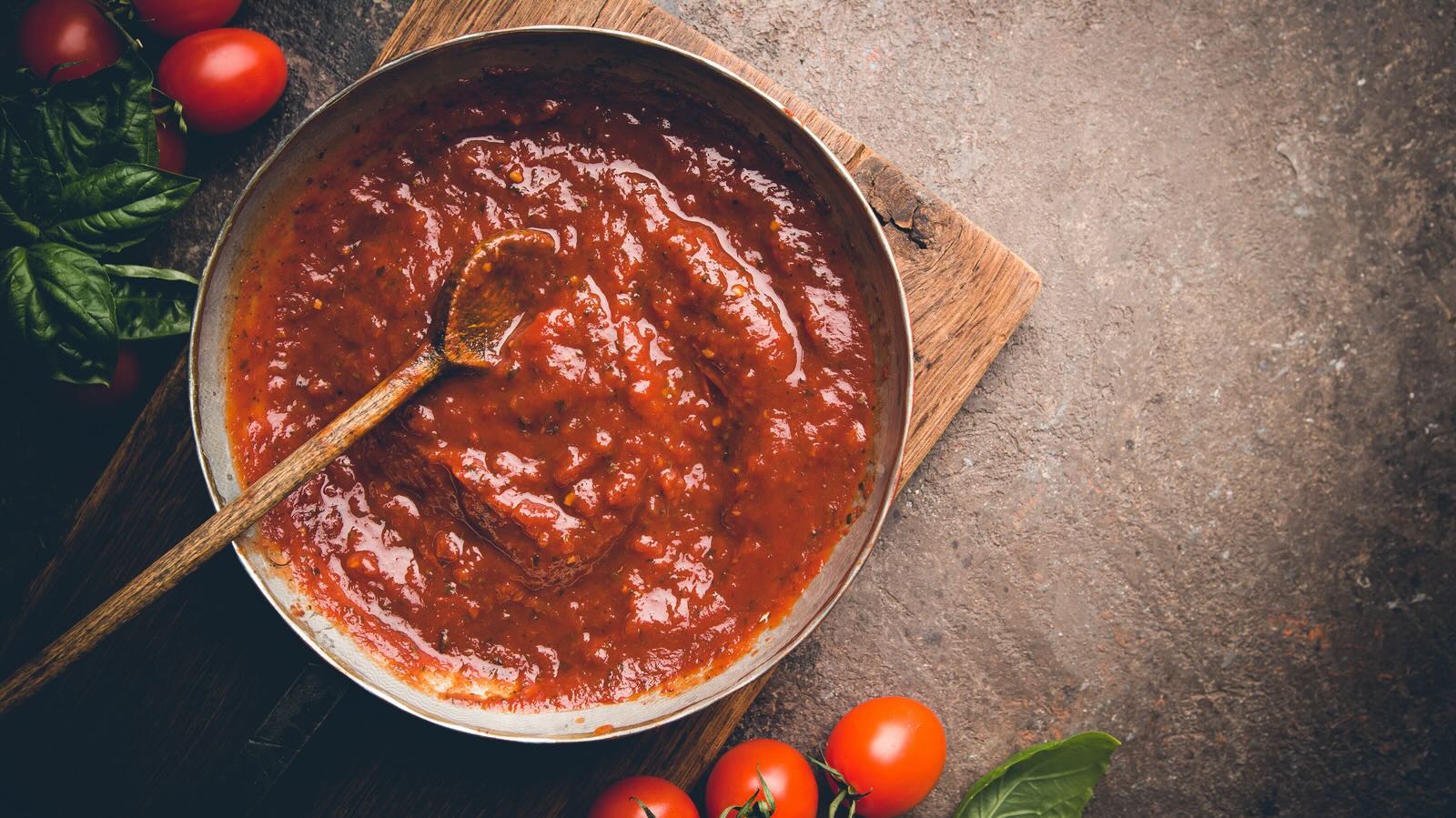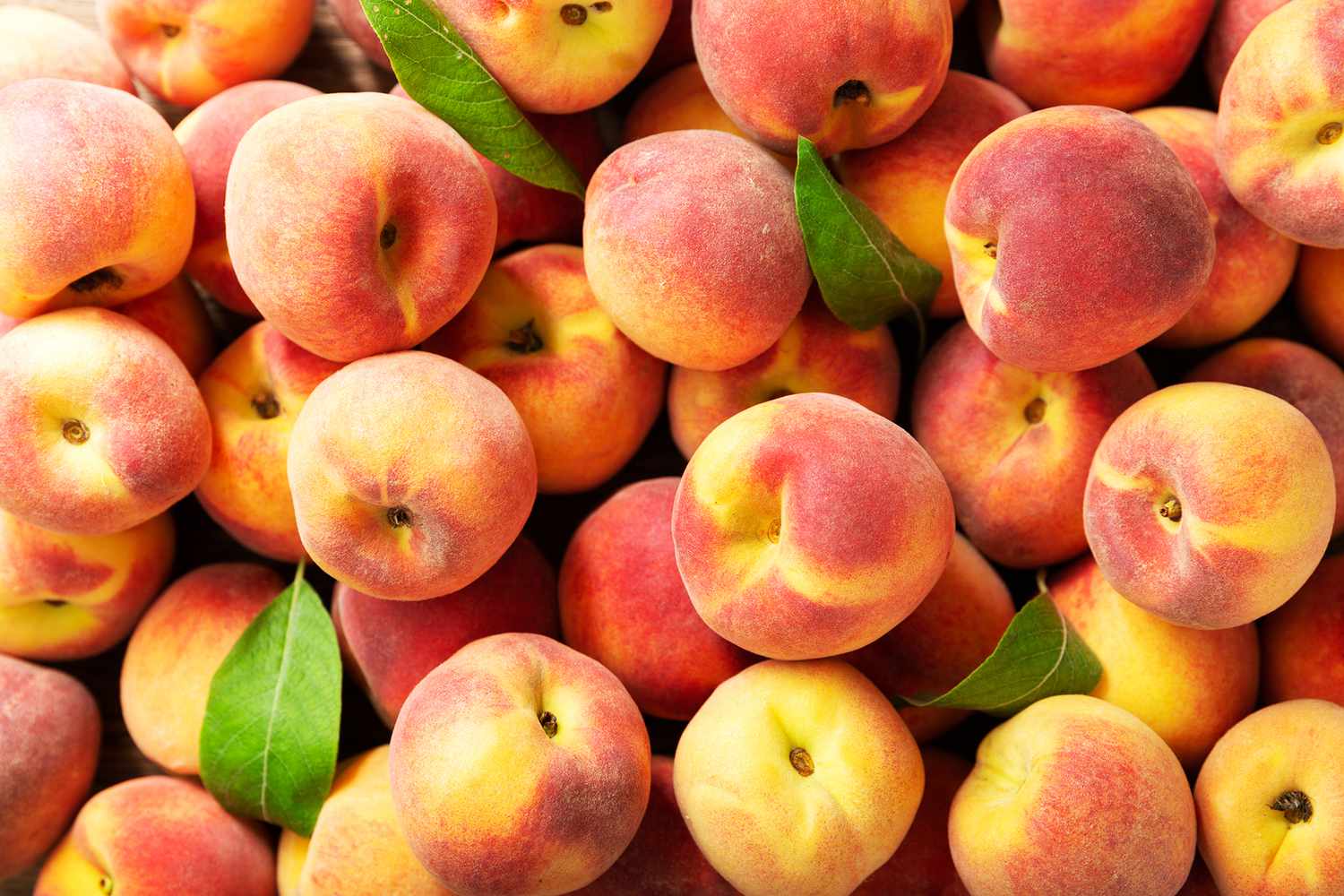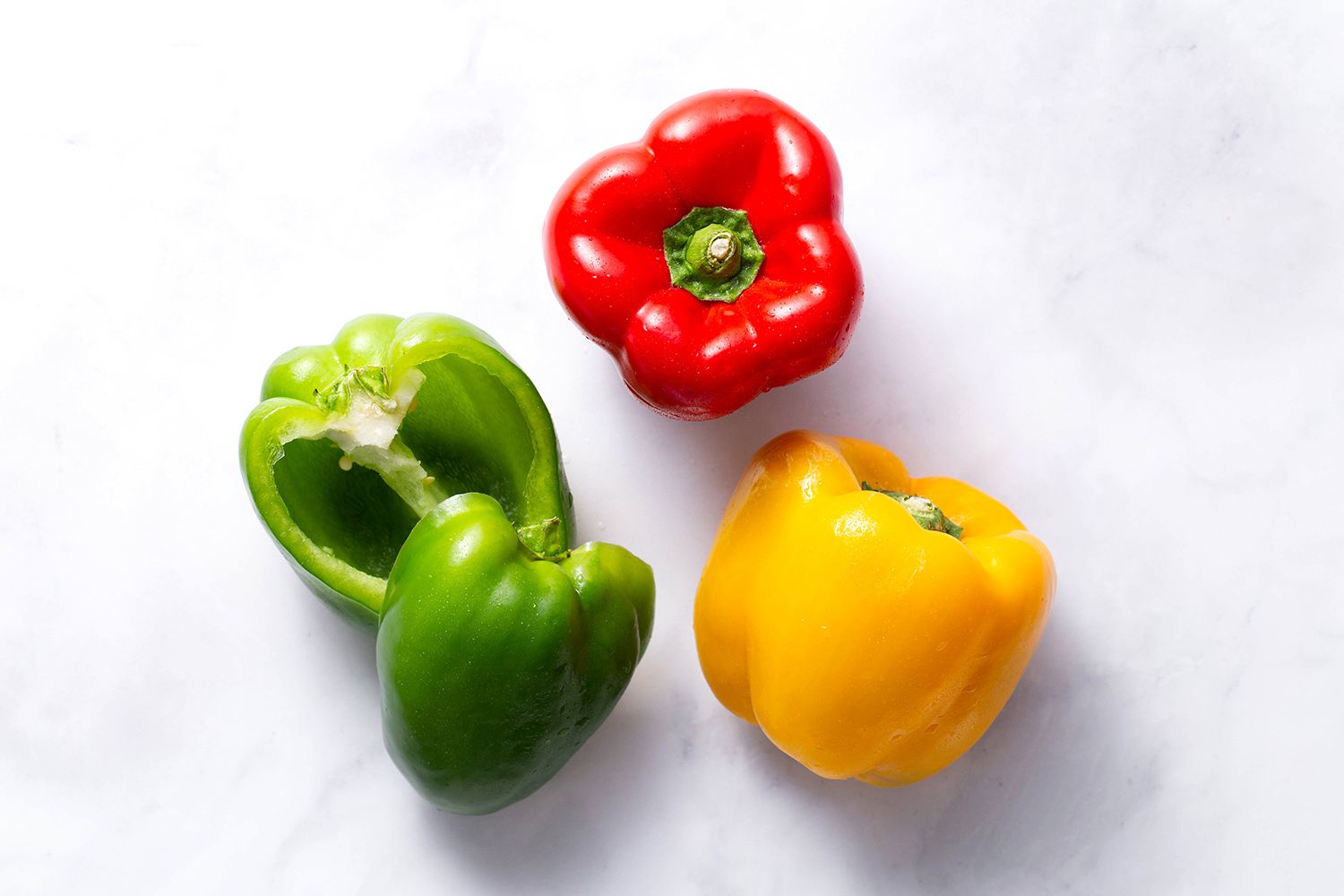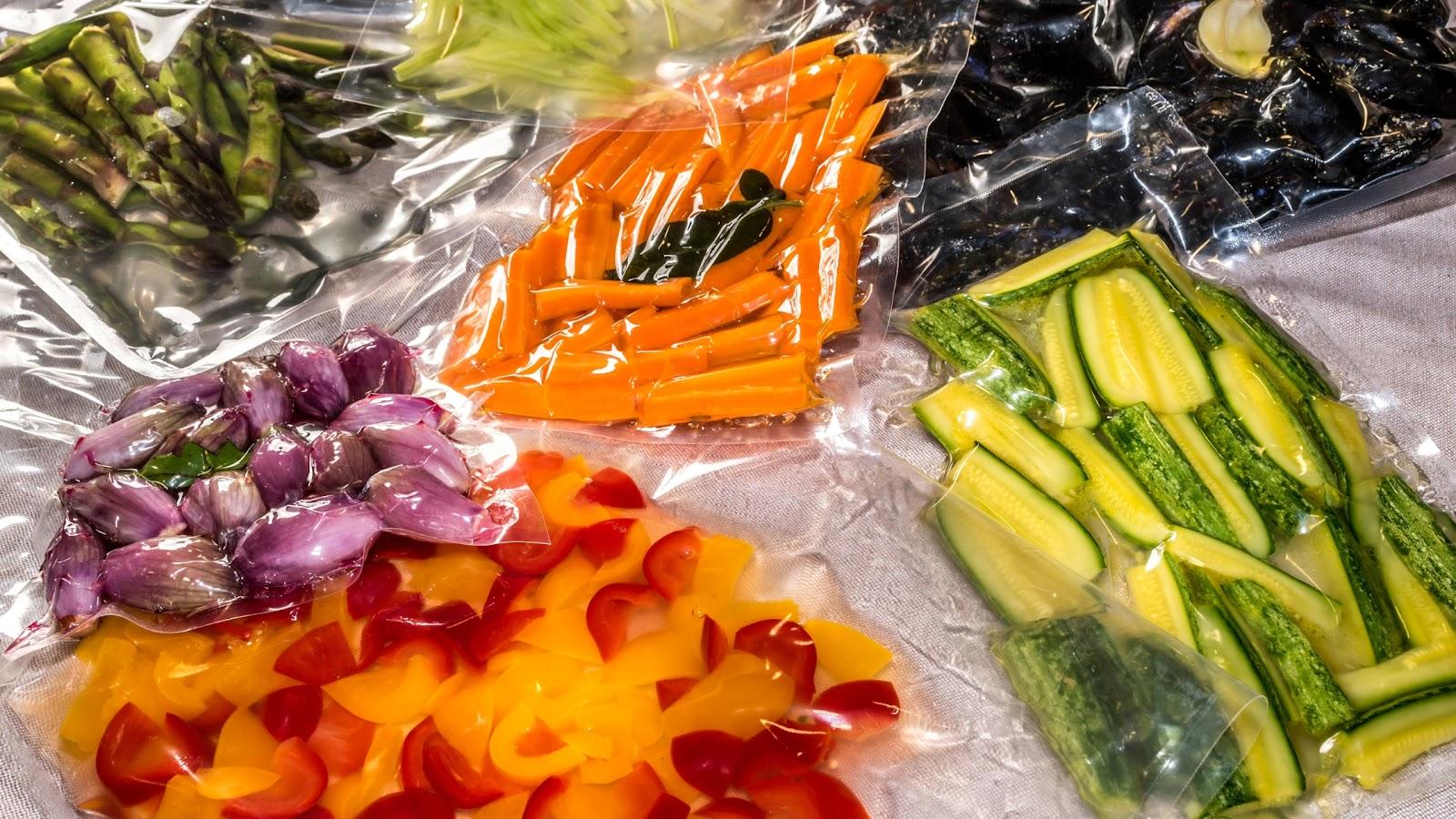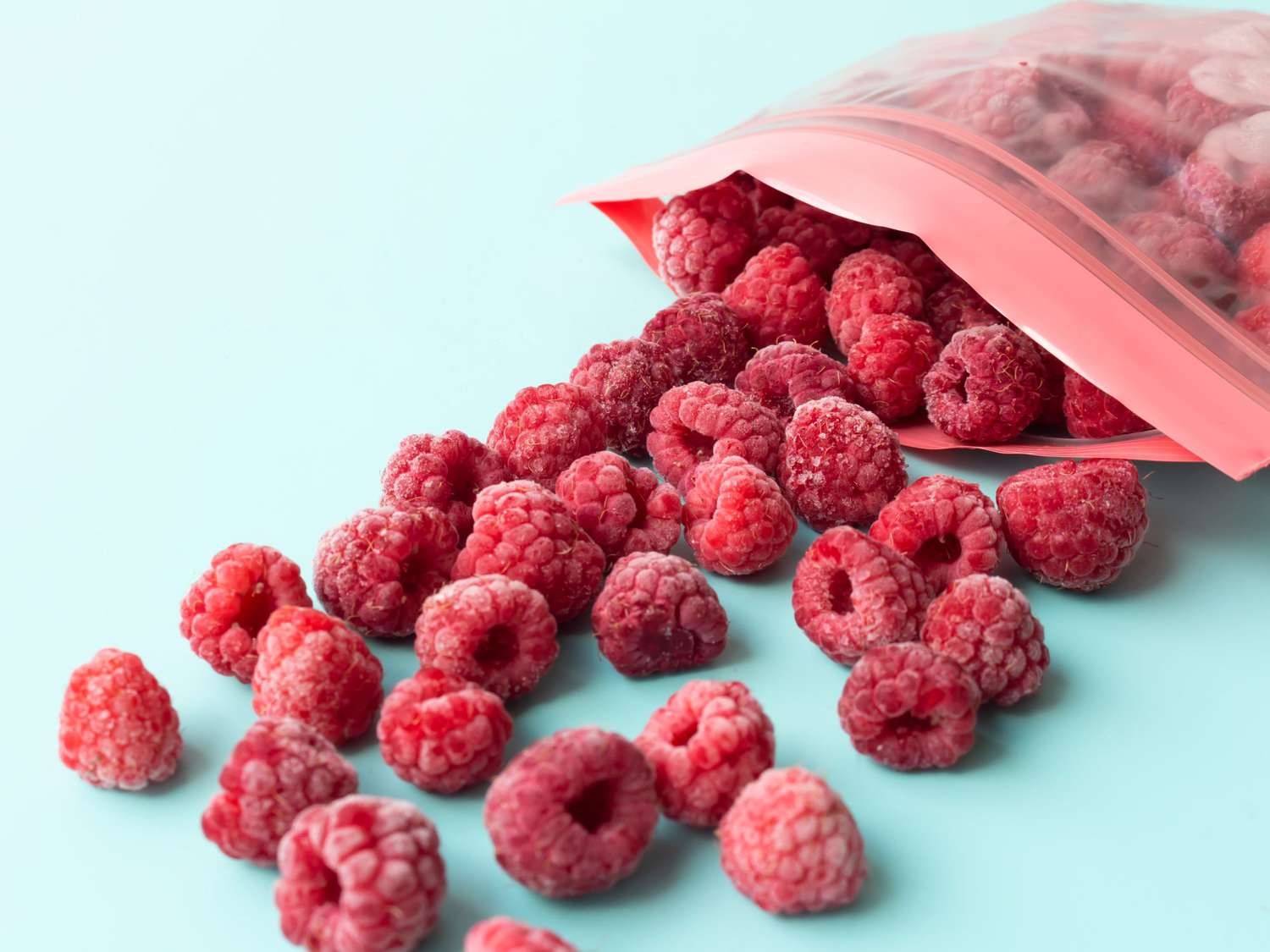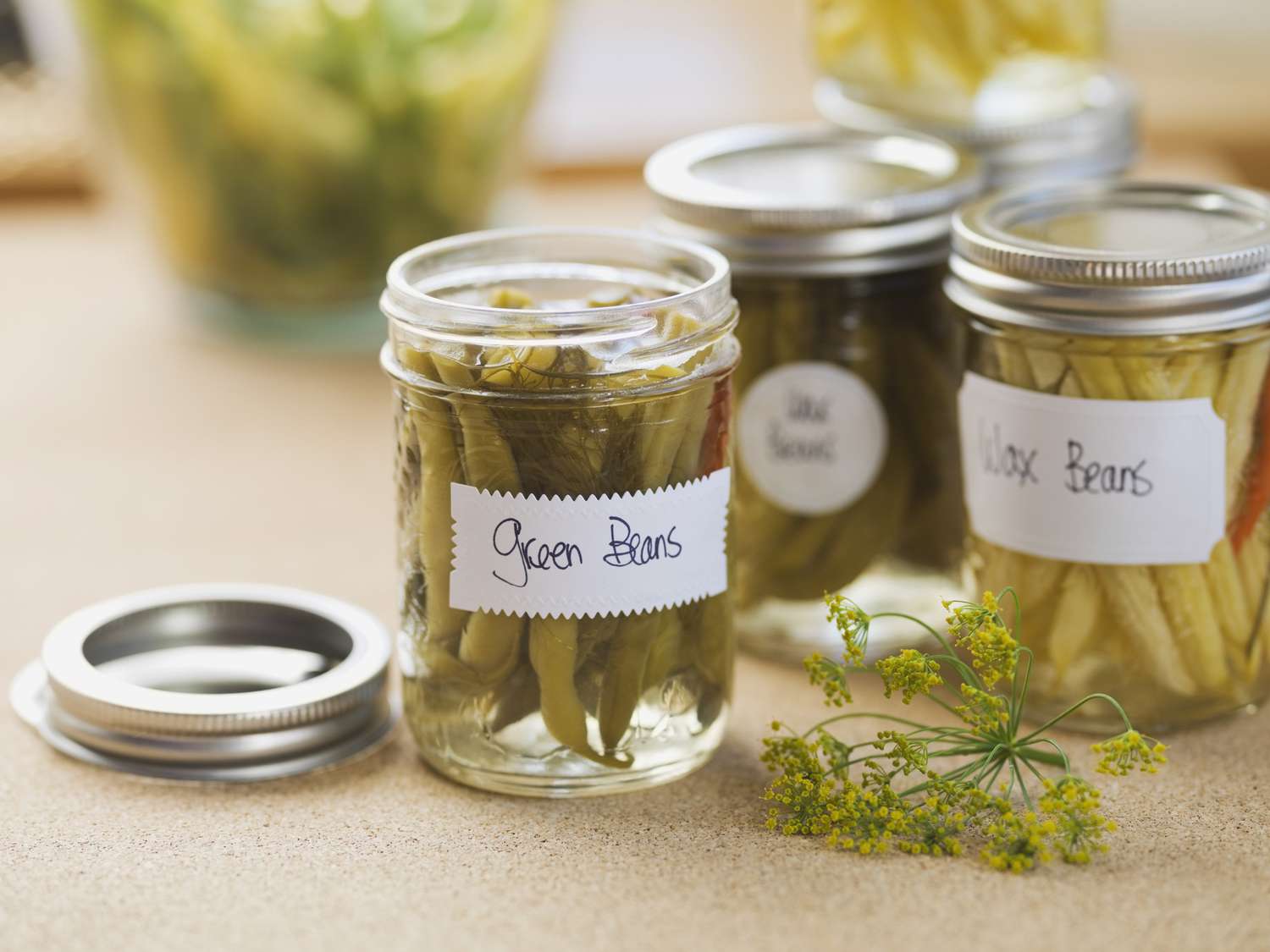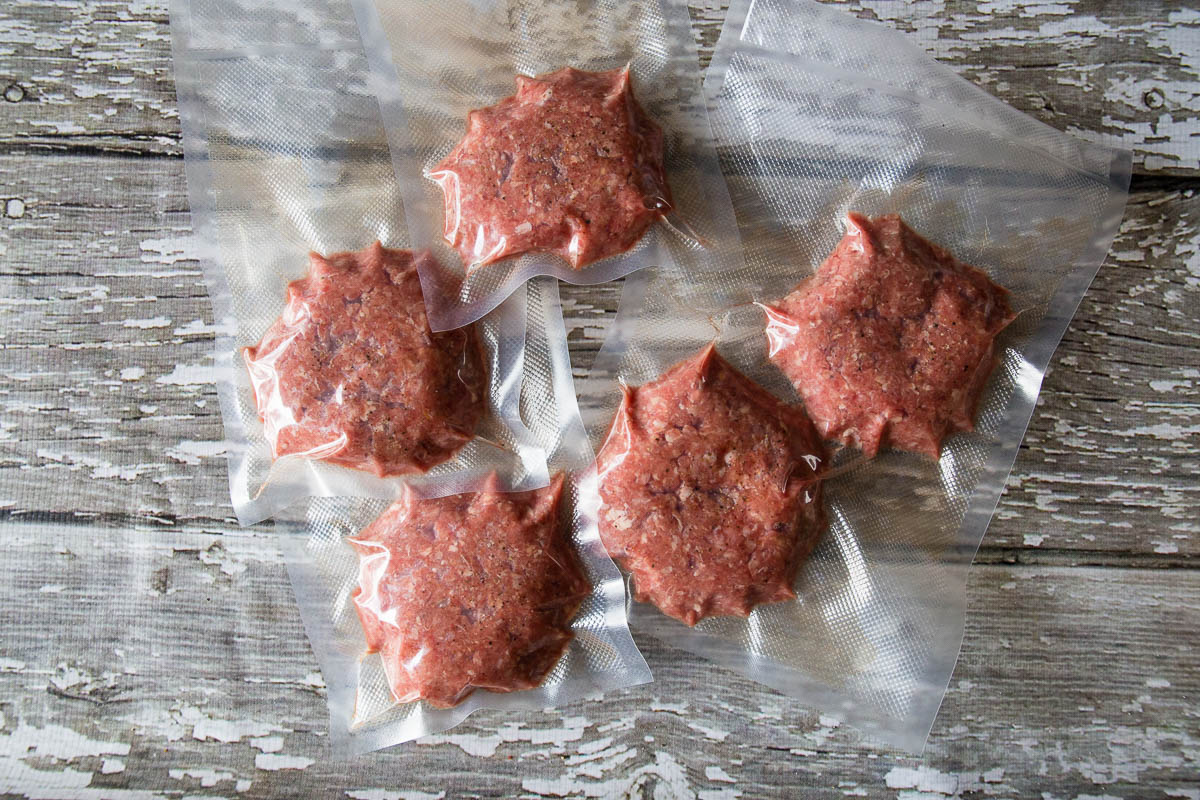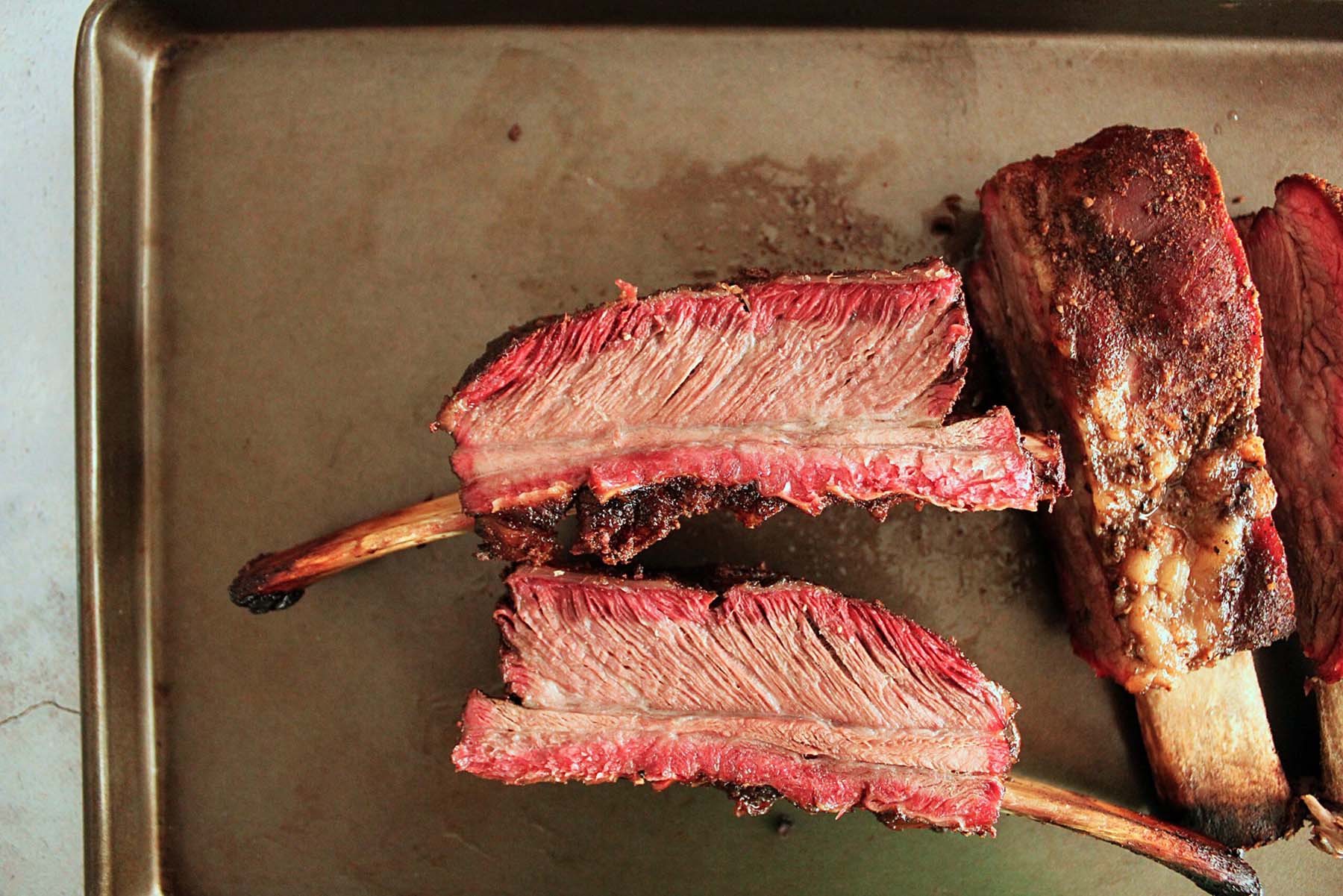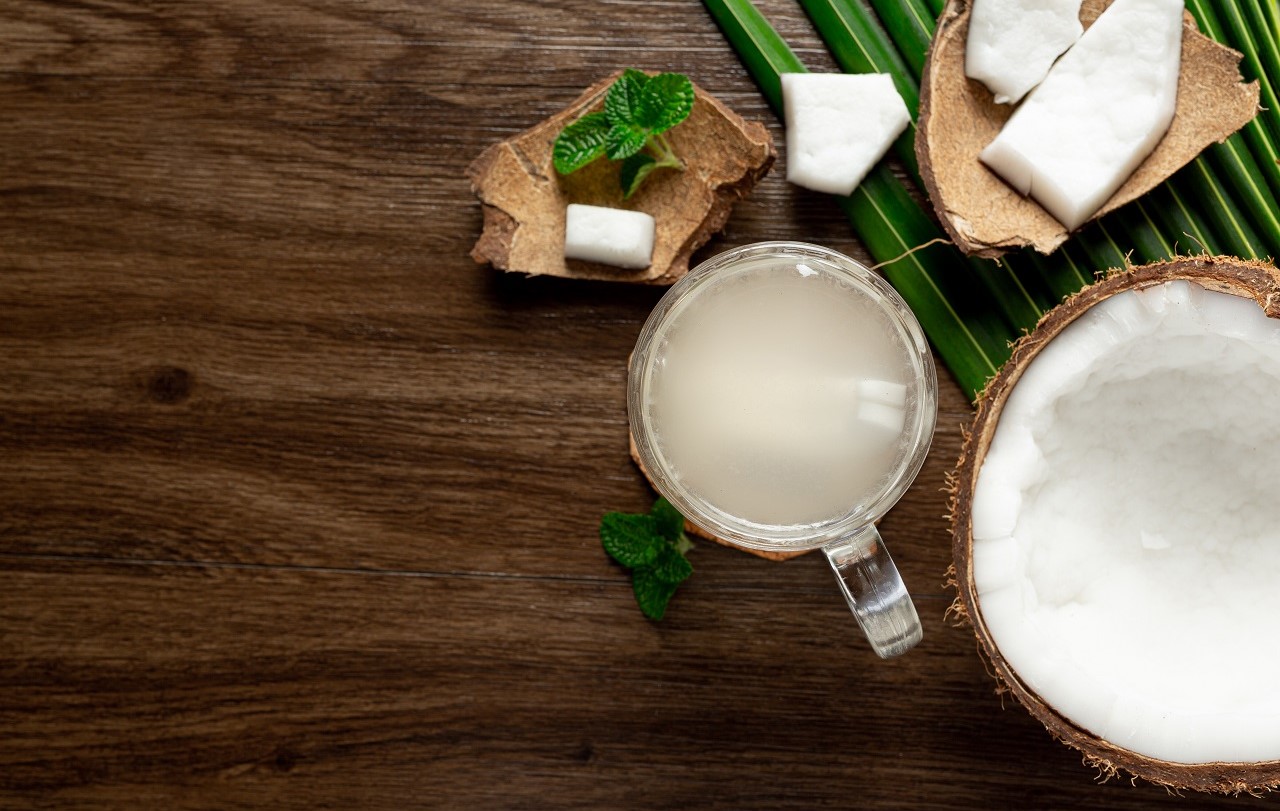Preserving Freshness: How to Vacuum Seal Shrimp for Long-Lasting Flavor
Welcome to our guide on how to properly vacuum seal fresh shrimp to maintain their delicious flavor and quality for longer periods. Vacuum sealing is an excellent method for preserving the freshness of seafood, including shrimp. With the right techniques, you can ensure that your shrimp stay fresh and flavorful, whether you’re storing them in the freezer or refrigerator.
Why Vacuum Seal Fresh Shrimp?
Vacuum sealing is an effective way to extend the shelf life of fresh shrimp. By removing air from the packaging, you can prevent oxidation and freezer burn, which can compromise the taste and texture of the shrimp over time. Additionally, vacuum sealing helps to lock in the natural juices and flavors of the shrimp, preserving their quality until you’re ready to enjoy them.
Steps for Vacuum Sealing Fresh Shrimp
Follow these simple steps to vacuum seal fresh shrimp and keep them at their best:
- Prepare the Shrimp: Start by cleaning and deveining the shrimp. Rinse them thoroughly under cold water and pat them dry with paper towels.
- Choose the Right Packaging: Select vacuum-sealable bags or containers that are suitable for use with seafood. Make sure the packaging is designed for freezer use if you plan to freeze the shrimp.
- Season if Desired: If you prefer to season your shrimp before vacuum sealing, now is the time to add your favorite flavors. Whether it’s a simple sprinkle of salt and pepper or a marinade, seasoning the shrimp before sealing can enhance their taste when you’re ready to cook them.
- Seal the Shrimp: Carefully place the shrimp into the vacuum-sealable bags or containers, ensuring that they are arranged in a single layer for even sealing. Follow the instructions for your vacuum sealer to securely seal the packaging, removing as much air as possible.
- Label and Store: Once the shrimp are vacuum sealed, label the packaging with the date and any additional information. If you’re planning to freeze the shrimp, lay the sealed packages flat in the freezer to allow for easy stacking and quick thawing when needed.
Tips for Vacuum Sealing Shrimp
Here are some additional tips to keep in mind when vacuum sealing fresh shrimp:
- Use Quality Packaging: Invest in high-quality vacuum-sealable bags or containers to ensure a secure seal and maximum protection against freezer burn.
- Avoid Overfilling: When placing the shrimp in the packaging, avoid overfilling to allow for proper sealing. Leaving some space at the top of the bag or container will help create a tight seal.
- Remove Excess Moisture: Before vacuum sealing, make sure the shrimp are as dry as possible to prevent excess moisture from affecting the seal. Excess moisture can lead to improper sealing and potential freezer burn.
- Store Properly: Whether you’re storing the vacuum-sealed shrimp in the refrigerator or freezer, be mindful of proper storage temperatures to maintain their quality. Frozen shrimp should be kept at 0°F (-18°C) or below for optimal freshness.
Enjoying Vacuum Sealed Shrimp
When you’re ready to enjoy the vacuum-sealed shrimp, simply remove the packaging from the refrigerator or freezer and allow them to thaw in the refrigerator if they were frozen. Once thawed, the shrimp can be prepared and cooked according to your favorite recipes, retaining their delicious flavor and texture.
With these simple steps and tips, you can effectively vacuum seal fresh shrimp to preserve their quality and enjoy them at their best. Whether you’re stocking up on a fresh catch or taking advantage of a great seafood sale, vacuum sealing is a valuable method for ensuring that your shrimp remain fresh and flavorful until you’re ready to savor them.
Now that you have the knowledge and techniques for vacuum sealing fresh shrimp, you can confidently preserve their delicious taste and quality for future meals. Happy vacuum sealing!
Was this page helpful?
Read Next: How To Vacuum Seal Fresh Corn Off The Cob
